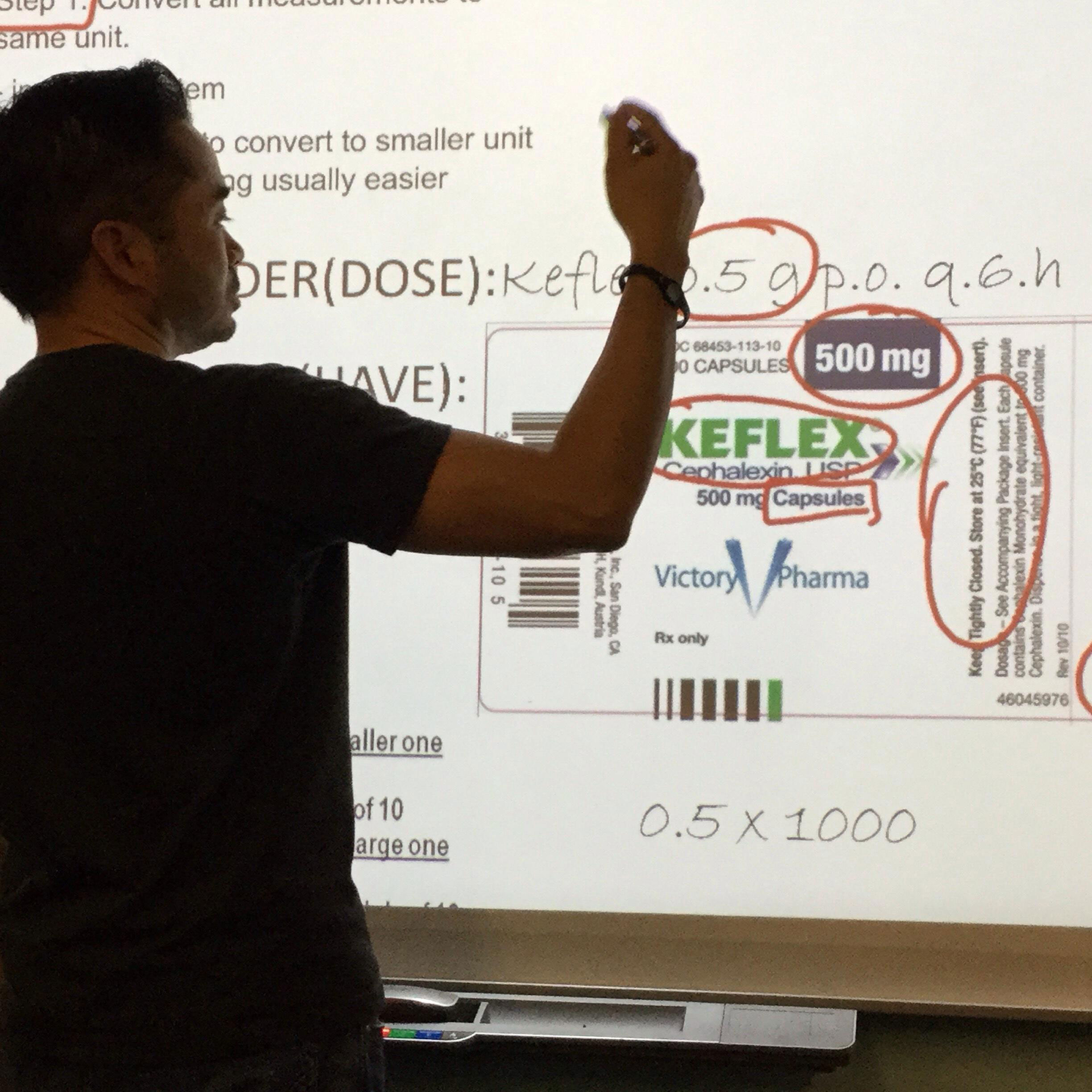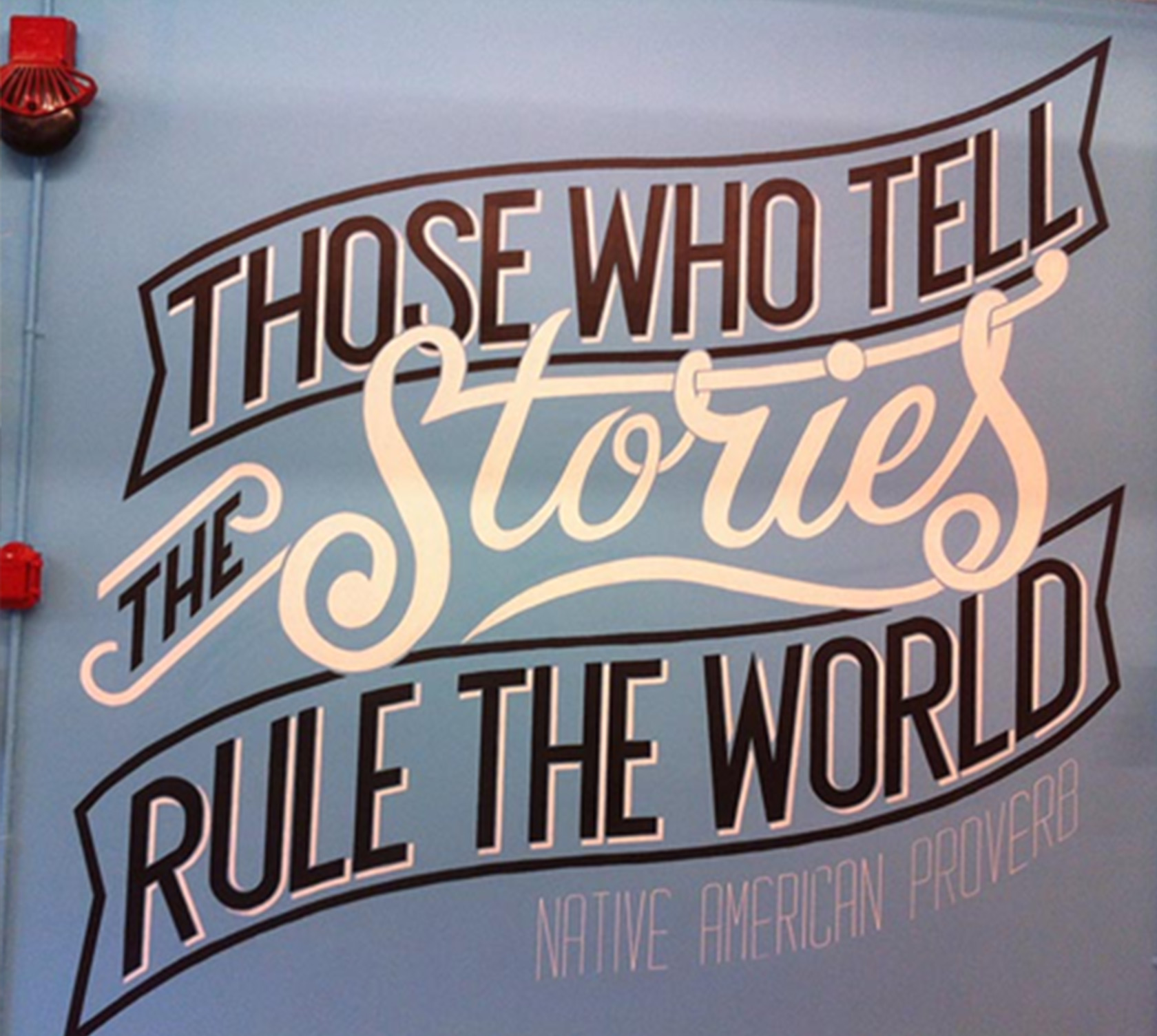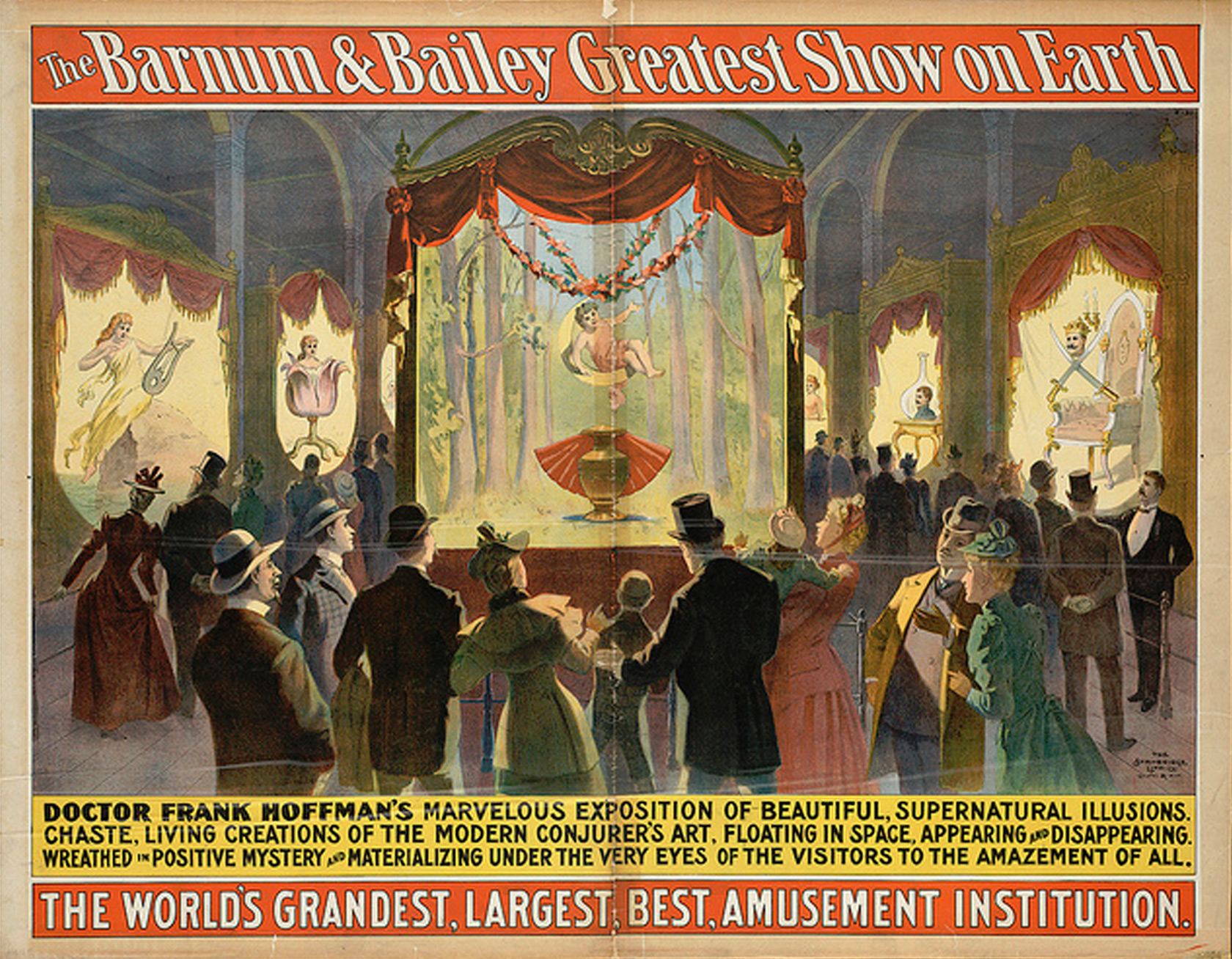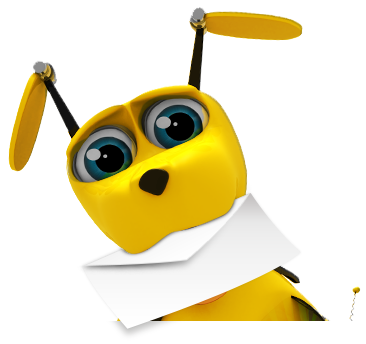Whether your presentation weapon of choice is the classic PowerPoint or one of the new kids on the block like Prezi, the essentials of how to give slide presentations that are both professional and memorable is still the same. No matter how fancy your animations nor how shiny any doo-dads that you’ve included, the most important pieces stay constant.
How to give Slide Presentations
A successful presentation could be broken down into 3 parts:
-
- The Story
- The Show
- The Presenter (You!)
These following guidelines should give you a simple recipe to produce a well-rounded presentation that is sure to keep your audience engaged and thirsting for more.
The Story
Tell a Story. Provide your viewers a narrative and a structure that will hook them in and keep them engaged. If you do, people will stay immersed as well as better absorb what you’re presenting.
The structure that I stick to is the following:
-
- The Big Idea
- Compelling story
- 3 key points
- Point 1
- Point 2
- Point 3
- Call to Action
- Questions
No matter if you use this outline or not, it’s extremely important to layout and organize your ideas before getting close to dipping your toe into visuals or investing time into other aspects of a presentation. But it’s also important not to go too far into the rabbit hole of creating your ‘script’.
I always stress that you should not write your presentation word for word. Provide yourself with way-points or little scripted nuggets to hit as you proceed. This way you’re never tempted to read your presentation verbatim. This also keeps your presentation natural and you avoid looking ‘fake’.
This general outline breaks down as follows:
The Big Idea
This is the entire thrust of the presentation. This is what you’re about to spend all your time working to support and convince your audience of. But I’m not talking about some dry statement — It needs to be Something with some meat on its bones. A tagline-esq topic that you can really stand behind.
If your presentation were to have some snappy newspaper headline, what would it be? Be dramatic, get people thinking, get people hooked.
If you’re giving a presentation about your business, for instance, why are you in your field? What’s the source of your passion?
If you need help, checkout this awesome TED talk about finding your ‘Why’.
Compelling story
This should be tied to your big idea. Expound upon your passion. What is it that impassioned you? What got you to the point that you’re giving a presentation on the subject?
If it’s on your business, what’s your story? What got you in your field?
3 Key Points
What are the 3 points that make your big idea true? What are those supporting building blocks that make your topic a reality? Expound upon these points. Don’t be afraid to make them personal, but don’t forget to stay on topic!
Call to action
No Matter the topic of your presentation, you must have some action that you’d want your audience to be convinced to do. It’s important to ask them to do so. Many times action requires direction.
This general presentation recipe keeps me on track. It’s there to make me keep my base content succinct so that I can focus on the points of the presentation that will make it memorable. I welcome you to treat it like more of a ‘hot pot’ recipe; feel free to add ingredients to make it yours.
The Show
Now that you’ve got the scaffolding of your presentation, it’s time to make it look pretty and become memorable. You can achieve this by a combination of utilizing your presentation software as well as involving your audience.
Examine your framework and look for areas that you can involve your audience. This all depends on the size of your audience, but if you can interject an activity, all the better. Don’t pretend you’re in the room by yourself. If not for that availability for interactions, why waste your time with a live audience?
These interactions can include simple questions to support a point or showing something to prove a point. If you’re trying to show that your product is better than another, why not demonstrate this fact to the audience in real-time?
Create a Great Slide Deck
Your Presentation slide deck can make or break your entire presentation. The key here is to allow your presentation to support you as the speaker. You’re the lead – not your slides.
To accomplish this, utilize the 10/20/30 rule:
For 10 minutes, use ~20 slides with at least 30 pt text.
This forces you to keep one idea per slide. Why is this good? In the heat of your presentation – as you stand in front of a sea of people waiting for you to speak, nervousness is something bound to happen. It’s natural. Your first instinct to get yourself back on track will be to read the words on-screen or wall behind you. Cutting down the content on a slide will limit your ability to do so, forcing you back on track.
It’s important to have the audience know that you know what you’re talking about. If you’re standing there reading off of your slides, people will question your knowledge on the subject. That’s the last thing that you want.
You want the long list of points anyways? The last thing you want is to divide your audience’s attention. Don’t give them an excuse to do so with something long to read.
Change the way you think about your slides. If you have any text on a slide, ask yourself if you really want to risk losing your audience’s attention with the distraction of reading.
The Presenter (You!)
The most important part of a presentation is you, the presenter. The success of a presentation correlates directly to the presenters dedication. The most important part of this dedication is practice.
80% of your time spent on your presentation should be spent on practice. Having your presentation down pat is the very best way to be sure of a successful presentation. It will help reduce your nervousness and optimize what you’re talking about.
When it comes to a presentation, be Creative. Show your passion. Show your knowledge. Make your presentation you.
Are you doing a presentation? If you need help with the design or any other aspect of your presentation, give us a call at 954-680-4584 or email us at info@cimettadesign.com and we can help you out!










